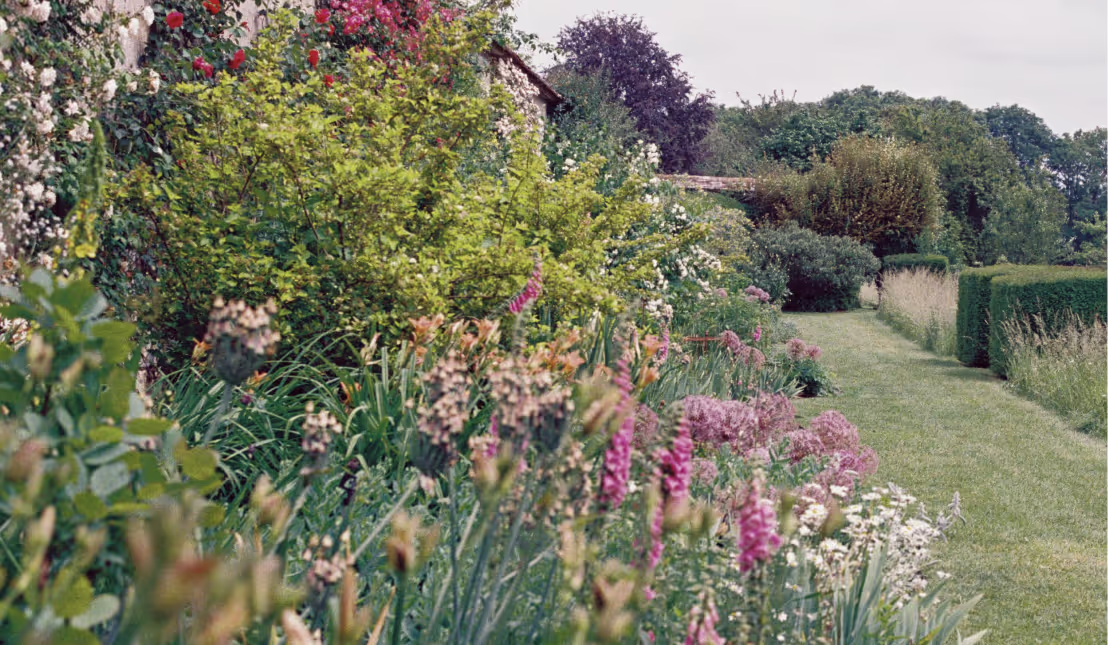Why Grass Lawns are Bad for Environment

Join the community





Many people incorporate grass lawns into their landscaping to enhance the beauty and functionality of their property. Although they do that pretty well, grass lawns contribute to the climate crisis.
Grass lawns are harmful to the planet
If you have ever had a grass lawn, you would know that maintaining them is an investment. It is expensive and unsustainable.
Running a gas-powered lawn mover for an hour. It produces eleven times more emissions than running the average new car for the same duration. Plus, Americans pour copious amounts of water on their lawns. About a third of all residential water use in the U.S. goes toward landscaping irrigation. This sums up to nine billion gallons of water per day.
To get lush, fertile green lawns, homeowners also use nitrogen-based fertilizers. Every ton of nitrogen created releases 4-5 tons of carbon into the atmosphere. The lawn does not usually need this nitrogen, so soil microbes convert this into nitrogen dioxide, a greenhouse gas that has 300 times the heat-trapping ability of CO2.
While lawns do remove some atmospheric CO2 from the atmosphere, that benefit far outweighs the aforementioned activities.
Replacing your grass lawns with native gardens
Native plants can help you grow a biodiverse lawn. They are a sustainable alternative to grass lawns that can help mitigate the harmful impact of landscaping on the environment. A native plant is one which occurred within a region before settlement by Europeans. Yes, grass lawns have colonial roots!
Native plants are easy to grow and maintain
Native plants are well adapted to the local climatic and soil conditions. Once they are planted, they require significantly less water and fertilizers than large lawns. They also do not require mowing, which helps to avoid the emissions caused by lawn movers. Native gardening is a cheaper and more sustainable option.
Native plants are beautiful and increase the scenic value
Native plants are beautiful to look at all year round. From flowers in summer and spring to fall leaves in autumn and interesting barks in winter, they are never an eyesore. Many of your exotic plants would always have a native alternative with a similar texture and color.
Native plants promote biodiversity
With native species, your garden could become a biodiverse haven for insects that are essential to our survival. We need them to pollinate our crops. These native plants are also a great spot for birds to nest their young ones.
How can you start native gardening?
• Start by educating yourself about the native species in your region.
• To reduce the water usage in your garden, you can plant drought-tolerant plants.
• Instead of taking them from the wild directly, which might disrupt the ecosystem, check if your local nursery stocks them.












